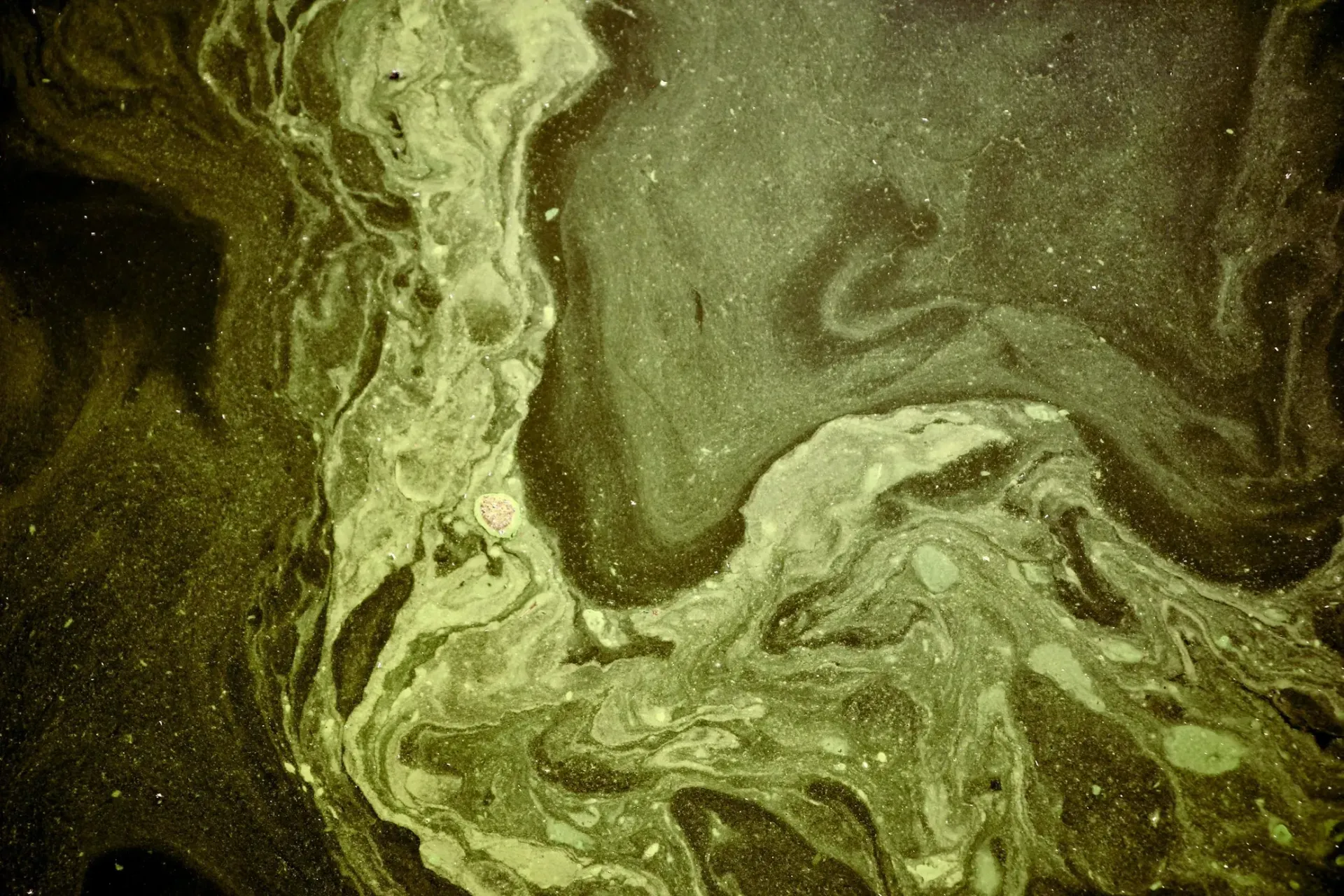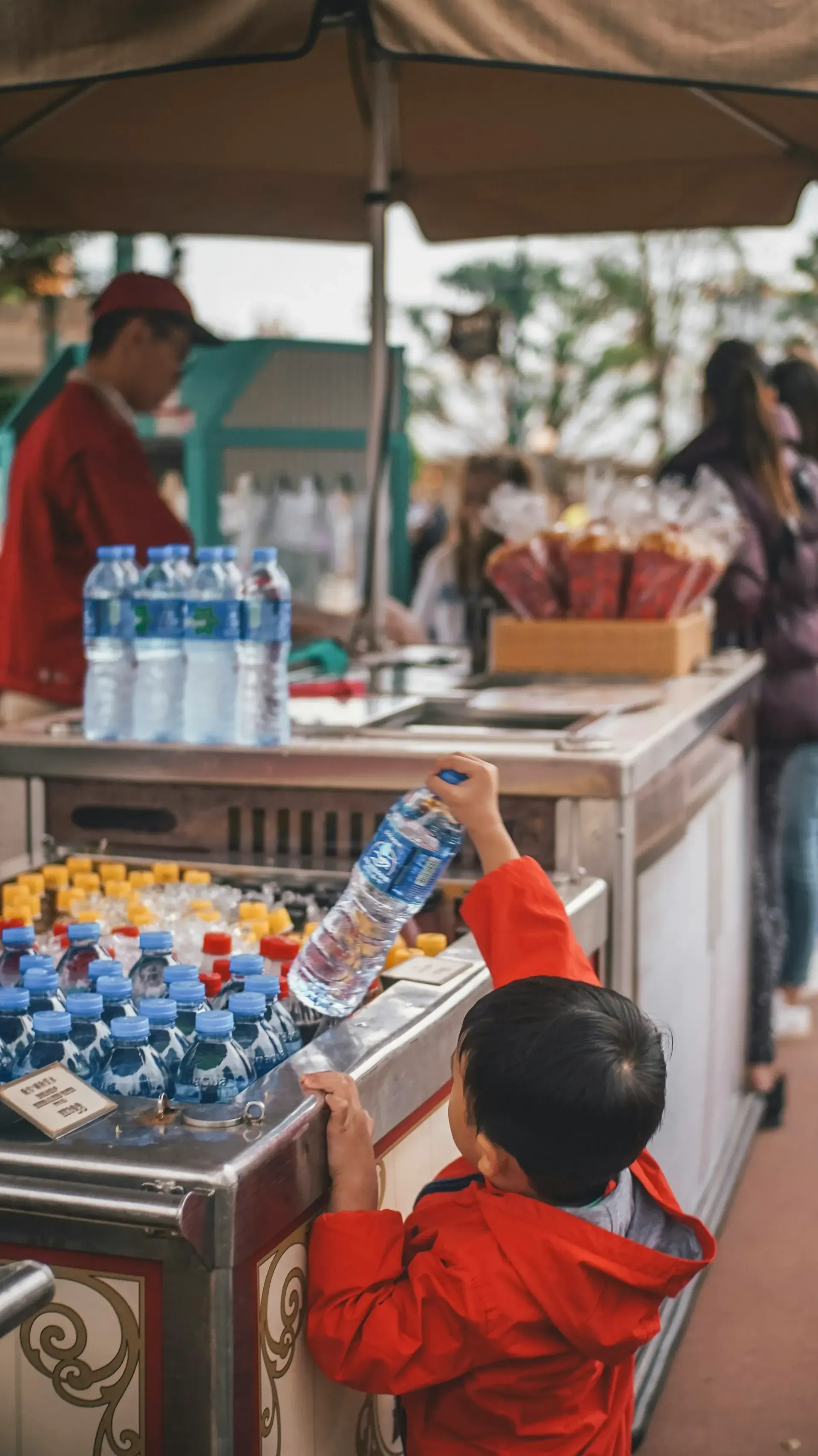Call Today 317-535-6280
Call Today 317-535-6280

What Contaminants Are Removed by Reverse Osmosis?
Worried about what’s in your tap water? You’re not alone. Many homeowners choose reverse osmosis systems to clean up their drinking water and feel safer about what they’re putting in their bodies.
So, does reverse osmosis remove lead? And does reverse osmosis remove everything? It removes a lot—like lead, chlorine, fluoride, pesticides, and even bacteria. While it doesn’t get rid of every single substance, it’s one of the most effective ways to filter out common and harmful contaminants.
In this guide, we’ll break down exactly what reverse osmosis removes, what it doesn’t, and why it’s a smart option for cleaner, better-tasting water.
Common Contaminants Removed by Reverse Osmosis
Reverse osmosis systems are highly effective at removing a wide range of contaminants from water. Here are the key categories of impurities that RO systems can eliminate:
Heavy Metals
Lead: RO systems are excellent at removing lead, a toxic metal that can cause serious health issues, especially in children. Knowing your water is lead-free brings peace of mind, particularly for families.
Mercury: This harmful metal can find its way into water supplies through industrial pollution. RO systems can filter it out, ensuring safer drinking water. Removing mercury reduces the risk of kidney damage and other health problems.
Arsenic: Often found in groundwater, arsenic is a dangerous contaminant. RO systems effectively reduce its presence in drinking water. Filtering arsenic helps prevent long-term health issues like cancer.
Chemicals and Disinfectants
Chlorine: Commonly used to disinfect water, chlorine can affect taste and odor. RO systems remove chlorine, improving the quality of your water. Cleaner, better-tasting water enhances your overall drinking experience.
Fluoride: While added to water supplies to prevent tooth decay, excessive fluoride can be harmful. RO systems can remove excess fluoride. Controlling fluoride levels helps avoid potential health risks from overexposure.
Pesticides: These chemicals can contaminate water supplies through agricultural runoff. RO systems are capable of filtering out many pesticides. Reducing pesticide exposure is crucial for maintaining long-term health.
Organic Compounds
VOCs (Volatile Organic Compounds): These compounds can come from industrial processes and household products. RO systems help eliminate VOCs from your water. Removing VOCs ensures your water is free from industrial pollutants.
Herbicides: Used in agriculture, herbicides can seep into water supplies. RO filtration effectively removes these harmful chemicals. Eliminating herbicides protects you from potentially toxic agricultural runoff.
Insecticides: Similar to herbicides, insecticides can also contaminate water. RO systems are designed to filter them out. Keeping insecticides out of your water reduces the risk of chemical poisoning.
Microorganisms
Bacteria: RO systems can remove harmful bacteria, reducing the risk of waterborne diseases. Safe drinking water helps prevent gastrointestinal illnesses.
Viruses: Though smaller than bacteria, many viruses can be filtered out by RO systems, providing an extra layer of protection. Filtering viruses protects against various viral infections.
Protozoa: These microscopic organisms can cause serious illnesses. RO systems effectively remove protozoa from water. Ensuring protozoa-free water is vital for preventing diseases like giardiasis.
Other Contaminants
Nitrates: Common in agricultural areas, nitrates can contaminate drinking water. RO systems reduce nitrate levels significantly. Lower nitrate levels protect infants from methemoglobinemia, or "blue baby syndrome."
Sulfates: These compounds can cause water to taste bitter. RO systems help in reducing sulfate content. Improved taste encourages better hydration and water consumption.
Total Dissolved Solids (TDS): RO systems are effective at reducing TDS, which includes a variety of dissolved minerals and salts. Lower TDS levels mean purer, cleaner water for everyday use.
How Reverse Osmosis Removes Contaminants
Reverse osmosis (RO) works through a multi-stage filtration process that effectively removes a wide range of contaminants from water. Here's a detailed look at how this system operates to ensure clean, safe drinking water.
The Reverse Osmosis Process
Pre-Filtration: The first stage typically involves a pre-filter that removes larger particles like sediment and chlorine. This step protects the RO membrane from damage and extends its lifespan.
Semi-Permeable Membrane: Water is then forced through a semi-permeable membrane. This membrane allows water molecules to pass through while blocking contaminants like heavy metals, chemicals, and microorganisms.
Post-Filtration: After the water passes through the RO membrane, it may go through additional filters, such as activated carbon filters. These filters further polish the water by removing any remaining tastes and odors, ensuring the water is fresh and pure.
Efficiency of Reverse Osmosis
RO systems are highly efficient, removing up to 99% of contaminants from water. This high level of efficiency makes RO one of the most effective water purification methods available. Whether it's lead, arsenic, bacteria, or VOCs, the multi-stage process ensures that these contaminants are significantly reduced or completely eliminated from your drinking water.
Benefits of Using Reverse Osmosis for Water Filtration
Using a reverse osmosis (RO) system for water filtration offers numerous advantages, making it a popular choice for households and businesses. Here are the key benefits:
Health Benefits
Improved Water Quality: RO systems remove harmful contaminants such as lead, mercury, arsenic, and chlorine, which can pose serious health risks. By filtering these impurities, RO systems provide cleaner, safer drinking water, reducing the risk of various health issues.
Better Taste and Odor: By removing chlorine and other chemicals, RO systems significantly improve the taste and smell of your water. This makes drinking water more enjoyable and can encourage better hydration habits.
Environmental Benefits
Reduced Plastic Waste: Using an RO system at home can reduce the reliance on bottled water. This, in turn, cuts down on plastic waste, helping to protect the environment.
Sustainable Water Use: RO systems are designed to be efficient, using less water to produce clean drinking water. This sustainability aspect makes RO systems an eco-friendly choice.
Cost-Effectiveness
Long-Term Savings: While the initial investment in an RO system can be substantial, the long-term savings are significant. You save money on bottled water and reduce the need for other filtration methods, making it a cost-effective solution over time.
Low Maintenance: RO systems require minimal maintenance, primarily involving filter changes. This ease of upkeep further adds to the cost-effectiveness of the system.
Comparing Reverse Osmosis with Other Filtration Methods
When considering water filtration options, it's essential to compare reverse osmosis (RO) with other methods to understand its advantages and limitations. Here's how RO stacks up against some common alternatives:
Activated Carbon Filtration
Pros:
- Activated carbon filters are excellent at removing chlorine, volatile organic compounds (VOCs), and improving taste and odor.
- They are relatively inexpensive and easy to install.
Cons:
- Activated carbon filters do not effectively remove heavy metals, nitrates, or microorganisms.
- They require frequent replacement to maintain effectiveness.
Comparison:
- While activated carbon filters improve taste and remove some chemicals, RO systems provide a more comprehensive filtration by removing a broader range of contaminants, including heavy metals and microorganisms.
Distillation
Pros:
- Distillation effectively removes most contaminants, including bacteria, viruses, and heavy metals.
- It produces very pure water, often comparable to RO systems.
Cons:
- Distillation is a slow process and uses a significant amount of energy.
- The equipment can be bulky and less convenient for everyday use.
Comparison:
- Both distillation and RO offer high purity water, but RO is generally faster and more energy-efficient, making it more suitable for regular household use.
Ultraviolet (UV) Purification
Pros:
- UV purification is highly effective at killing bacteria, viruses, and other microorganisms.
- It requires minimal maintenance and does not add chemicals to the water.
Cons:
- UV systems do not remove chemical contaminants, heavy metals, or sediments.
- They are typically used in conjunction with other filtration methods.
Comparison:
- UV purification is excellent for ensuring microbiological safety, but it lacks the comprehensive contaminant removal that RO systems provide. Combining UV with RO can offer both chemical and microbiological purity.
Choosing the Right Reverse Osmosis System
Selecting the right reverse osmosis (RO) system for your home involves considering several factors to ensure it meets your specific needs. Here’s what you need to keep in mind:
Factors to Consider
Household Size: The number of people in your home affects the volume of water you need. Larger households may require systems with higher output capacities.
Water Quality: Understanding the specific contaminants present in your water can help you choose an RO system with the appropriate filtration stages. Conduct a water test to identify any particular issues.
Space Availability: RO systems come in various sizes. Consider the space you have available under your sink or in your utility area. Some systems are more compact, while others may require more room.
Budget: RO systems vary in price. Determine your budget and look for a system that offers the best value for money while meeting your filtration needs. Remember to factor in the cost of replacement filters and maintenance.
Top-Rated RO Systems on the Market
System A: Known for its high efficiency and compact design, System A is ideal for small to medium-sized households. It features a multi-stage filtration process, ensuring thorough contaminant removal.
System B: Perfect for larger households, System B offers a higher output capacity and advanced filtration stages, including additional carbon filters for enhanced taste and odor removal.
System C: This budget-friendly option provides excellent filtration performance at an affordable price. It’s a great choice for those new to RO systems or with limited space.
Maintenance and Upkeep
Regular Filter Changes: To maintain the efficiency of your RO system, it's crucial to change the filters regularly. Most systems require filter changes every 6-12 months, depending on usage and water quality.
System Cleaning: Periodic cleaning of the RO system, including the membrane, ensures optimal performance and longevity. Follow the manufacturer’s guidelines for proper maintenance.
Monitor Performance: Keep an eye on the system's performance indicators, such as water flow rate and quality. If you notice any changes, it might be time for maintenance or filter replacement.
Conclusion
Reverse osmosis (RO) is a powerful and efficient method for ensuring clean, safe drinking water. By removing a wide range of contaminants, including heavy metals, chemicals, and microorganisms, RO systems provide significant health, environmental, and economic benefits. Understanding how RO systems work and their advantages over other filtration methods can help you make informed decisions about your water treatment needs.
Ready to improve the quality of your drinking water? Trust Puresoft Water Treatments for all your water filtration needs. Serving Westfield, Carmel, Brownsburg, Avon, Plainfield, Martinsville, and Mooresville, Puresoft Water Treatments offers a variety of solutions, including water treatment, water softeners, and water filters. Consider our whole home treatment systems to ensure every drop of water in your home is clean and safe.
Contact us today to learn more about how Puresoft Water Treatments can help you enjoy pure, great-tasting water.


Contact Information

Email: haguepuresoft@gmail.com
Phone: 317-535-6280
Address: 3428 N Centerline Rd, Franklin, IN 46131, United States of America
Business Hours

- Mon - Sat
- -
- Sunday
- Closed








